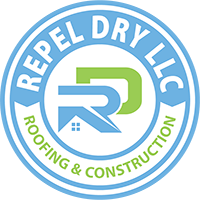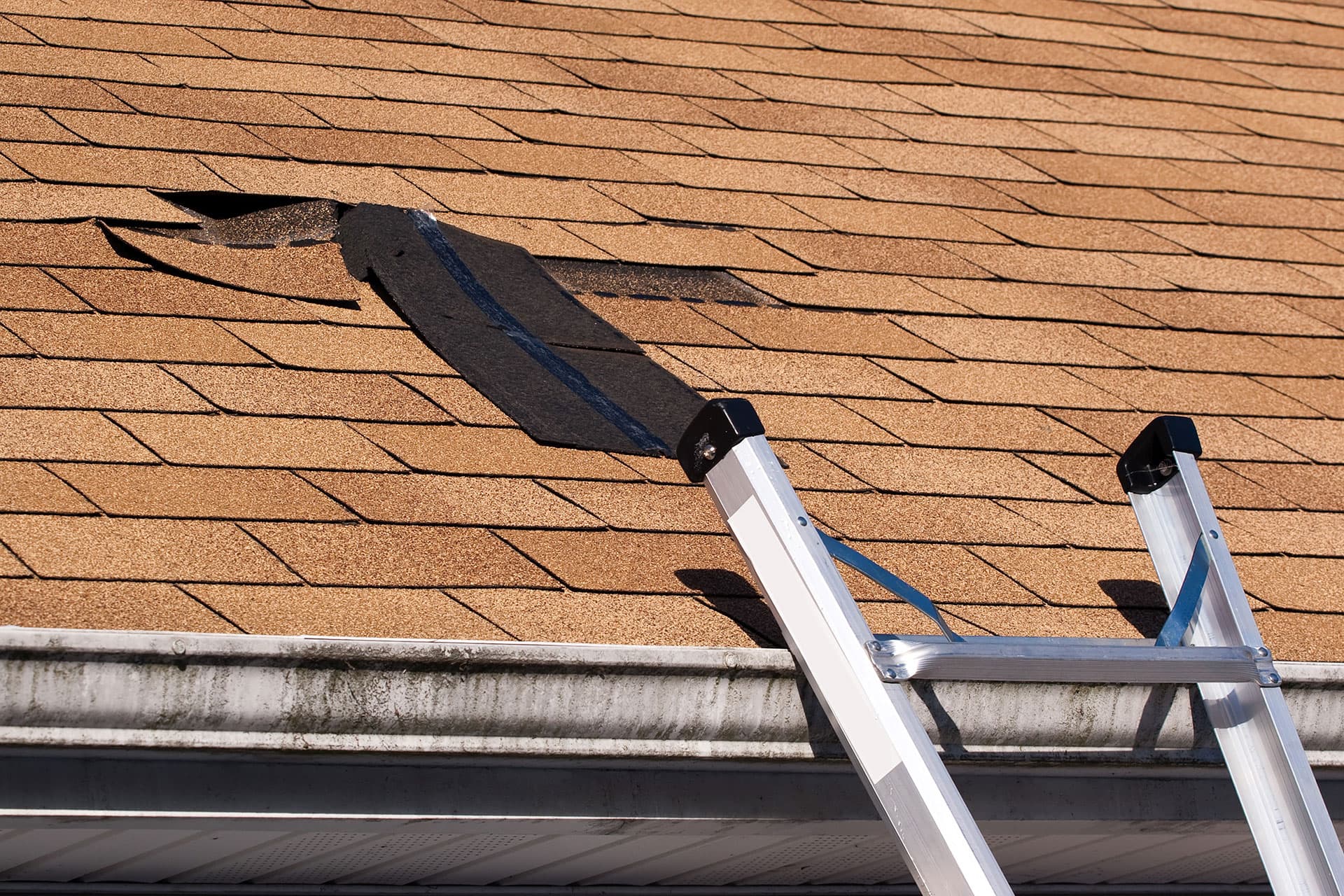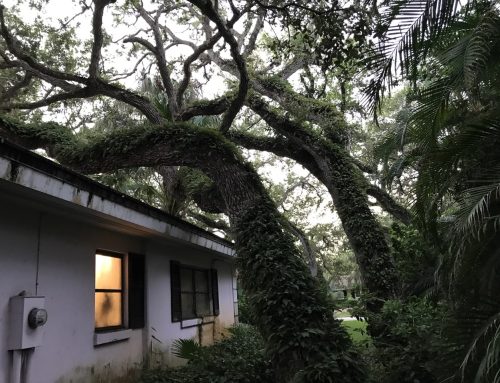Homeownership feels great, but it comes with plenty of responsibilities. Keeping your home in tip-top shape is an endless pursuit. There are always new repairs or updates to make, including for your roof. When was the last time your roof was inspected? This needs to be done twice a year, ESPECIALLY if the roof is more than ten years old. If you’re due, consider the following tips to help you identify actual wind damage on your roof.
GRANULE LOSS
The most common sign of damage on a shingle roof is a loss of granules. As the roof ages, the granules will be blown away in intense winds. If you see bare spots on shingles, the wind likely did some damage. It’s a good idea to have a professional take a look to see the true extent of the damage. You may only need a few shingles, but if the damage is extensive, you may need to call your insurance company to discuss your roofing options. Regardless of the scope of the problem, having professional services at your disposal is the best way to identify the true nature of the issue.
MISSING OR LOOSE SHINGLES
Although shingles age, they do not spontaneously come loose. They are nailed to the roof of course. If shingles are missing, it means something tore them away from the nail. The wind is just about the only thing that does this to roofs. Recognize the signs!
As shingles age, they can become brittle, making it easier for the wind to damage them. It’s just part of the life cycle of asphalt roofing. Regardless, missing or loose shingles need to be replaced.
PEELING OR CURLED SHINGLES
When shingles curl or peel around the edges of the roof, that is another sign that they have been pulled by violent winds. Curling is usually apparent in an inspection and reveals early warning signs of roof damage. When caught soon, the repair is much easier.
Since the primary purpose of shingles is to keep water from getting through the roof, curling or peeling shingles are a significant problem that needs to be addressed.
INTERIOR LEAKS
This is one of the worst ways to find out your roof is damaged. The roof is supposed to be perfectly watertight, so there should be no leaks through the ceiling. When that isn’t the case, you need to find and repair the leak right away. Leaks that are left alone can damage drywall ceilings, and over time, the leaks will compromise the wooden support structure of the ceiling. Not to mention the leaks left unattended could cause moisture which could lead to microbial contamination, also known as mold. Always get aggressive with repairs when water is the problem.
SOFFITT DAMAGE
The shingles are not the only part of a roof that takes a beating in a windstorm. The soffit can also be damaged, and many times, its condition is more revealing about the health of your roof than a glance at your shingles. If the storm was severe enough to damage the soffit, there is a good chance you could have impact signs or otherwise harmful damage on the shingles. A roof inspection will ensure that you have no leaks and that your roof is still up to the task of protecting your home.
ISSUES REGARDING THE CHIMNEY
Chimney issues show several warning signs, but the one you want to pay the most attention to is any shift in the shape or orientation of the chimney. If it looks like it is tilting, it’s because there is a major problem with the roof. Roof damage has reached a critical point, and repairs need to start right away.
Most of the time, your asphalt shingle roof can shrug off fairly intense wind without any trouble. Eventually, the weather is going to win, and the roof will need attention. If you want to give your roof the best attention available contact Repel Dry LLC. We’ll get an expert out to inspect your roof and provide you with guidance to not only restore your roof, but your peace of mind as well.




